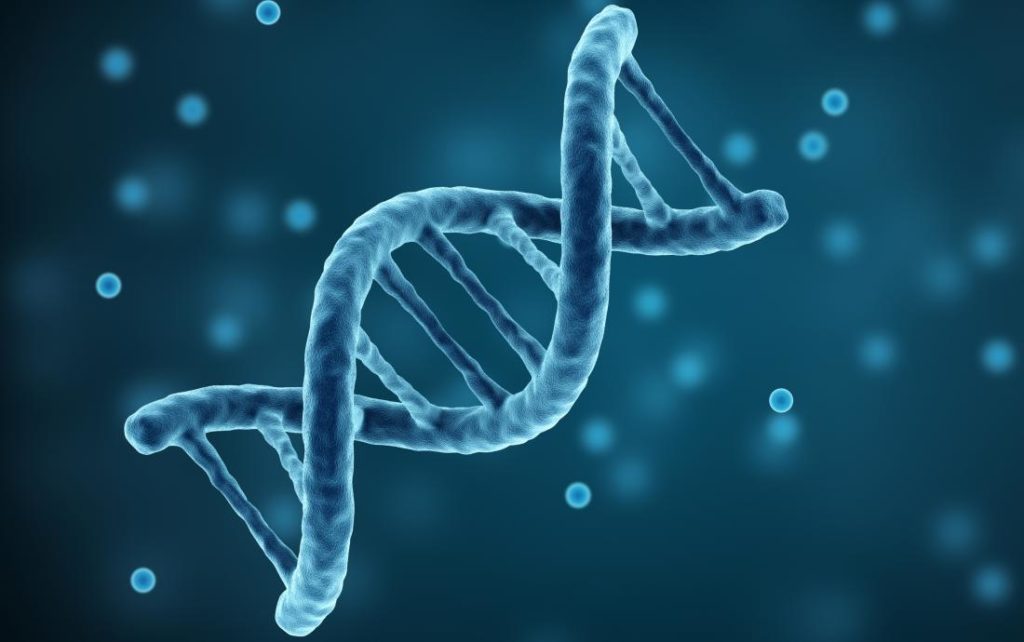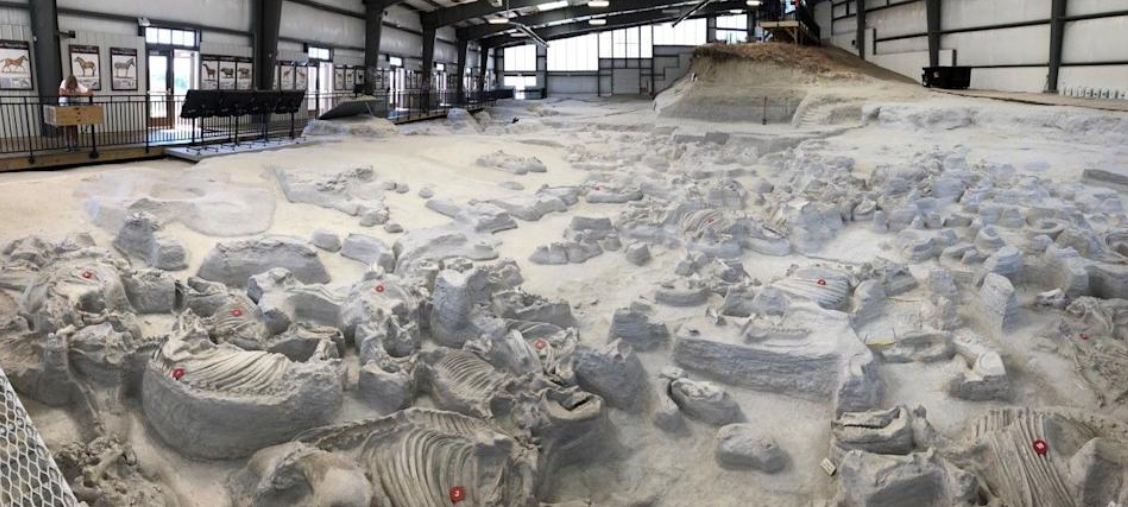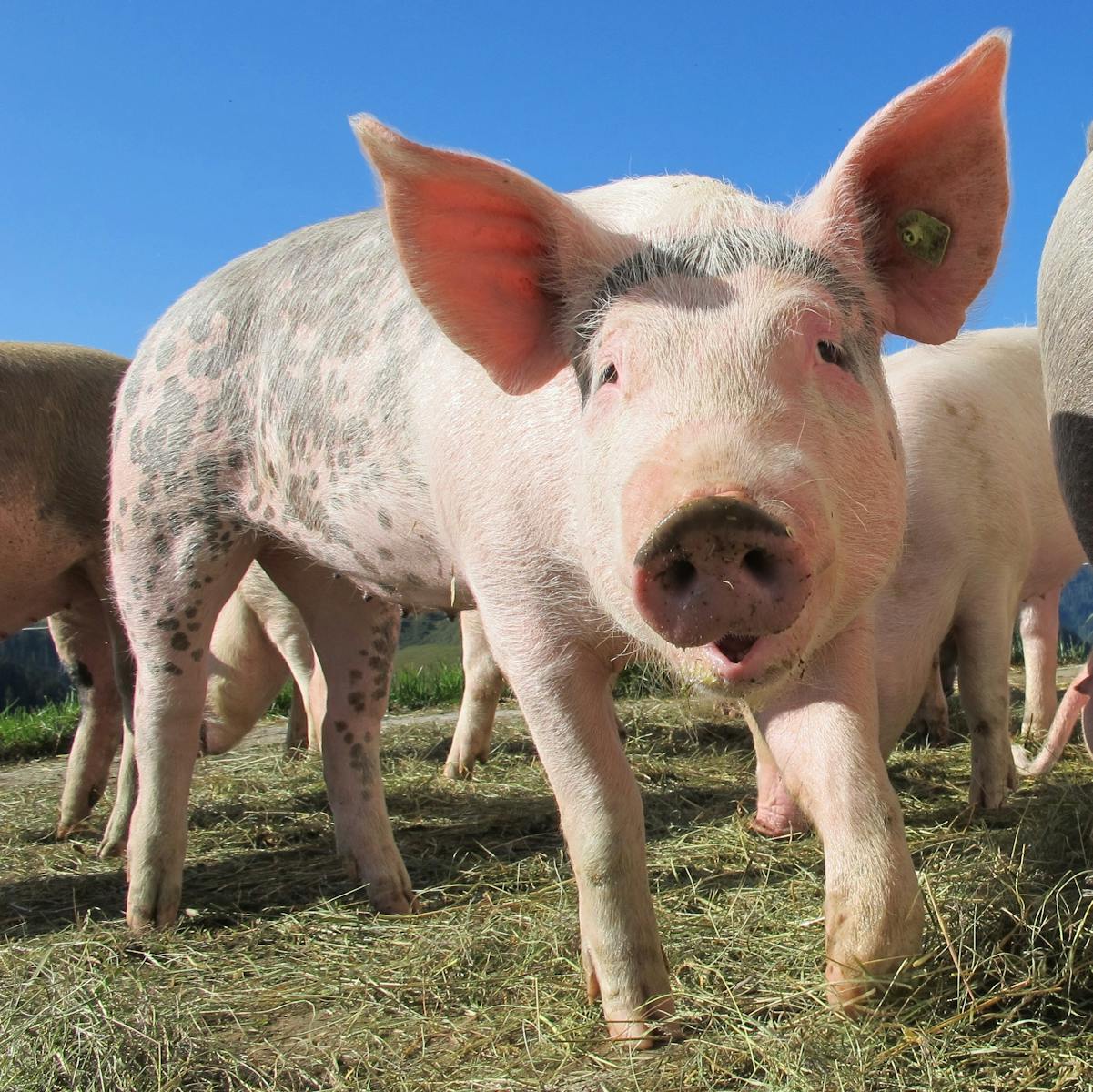In the 20th century the Human Genome Project was created, its goal was to map the entire genome. A genome is the complete list of genetic material in an organism. It was made during a time when technologies in physics were the center stage, and biology had almost no importance in many people’s eyes. Back then very little was known and it was thought that the genome was practically all junk. However, it was discovered that the junk even had sometimes been useful in the past against ancient diseases. The researchers were almost immediately shocked by how little they knew, their predictions of protein-creating genes were in the beginning 75 thousand, but very quickly it was proven to be less than a third of that number. The genome was recorded by blasting it to bits and then looking at the small strands created and piecing them together. In 1998 a private company was formed to patent sections of the genome for commercial use. This launched a competition that also helped speed up the process. In 2001 the rivalry was stopped as both groups were tied, it was announced that the genome was 99% complete and extremely accurate, but even though that was true they had ignored telomeres, the things that cap the ends of chromosomes and deteriorate with age. Because of this, the Telomere-to-Telomere consortium (T2T) was formed to crack the telomeres, of the remaining 8%. It was only in 2022 that it was finished. Also, these discoveries help treat Mendelian disorders, which are caused by a single malfunctioning gene. Now biobanks are being created to preserve people’s genomes and use them, along with many others to find patterns among diseases. Now graphing an individual genome is more than 100,000 cheaper, and only takes a couple of minutes to scan. As more data was collected it was found that other races were homo sapiens that had joined with other human species. All this was barely known about when the project was started, and that proves that there is much more in the field of Biology that we have barely scratched the surface.
RELATED STORIES
https://genomemedicine.biomedcentral.com/articles/10.1186/gm483
https://www.nih.gov/news-events/nih-research-matters/first-complete-sequence-human-genome





